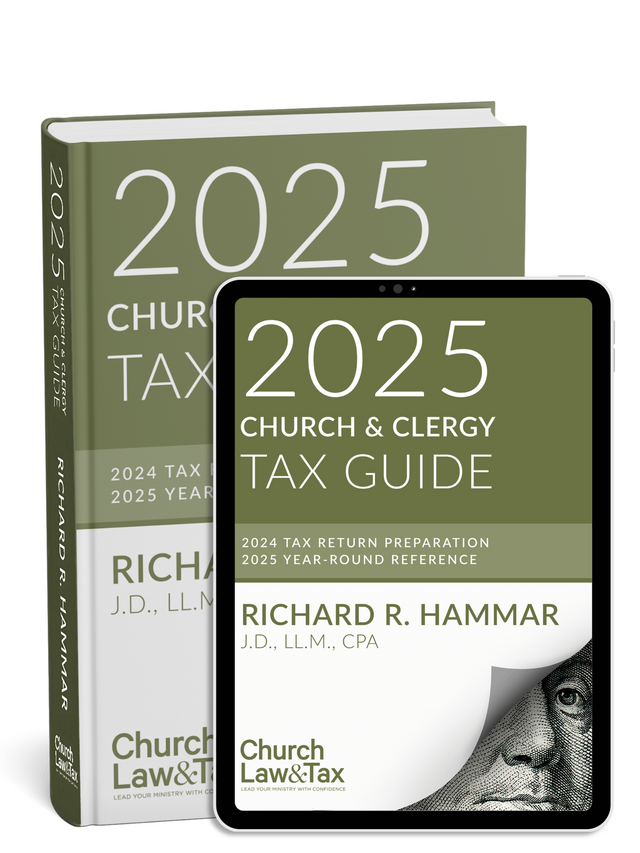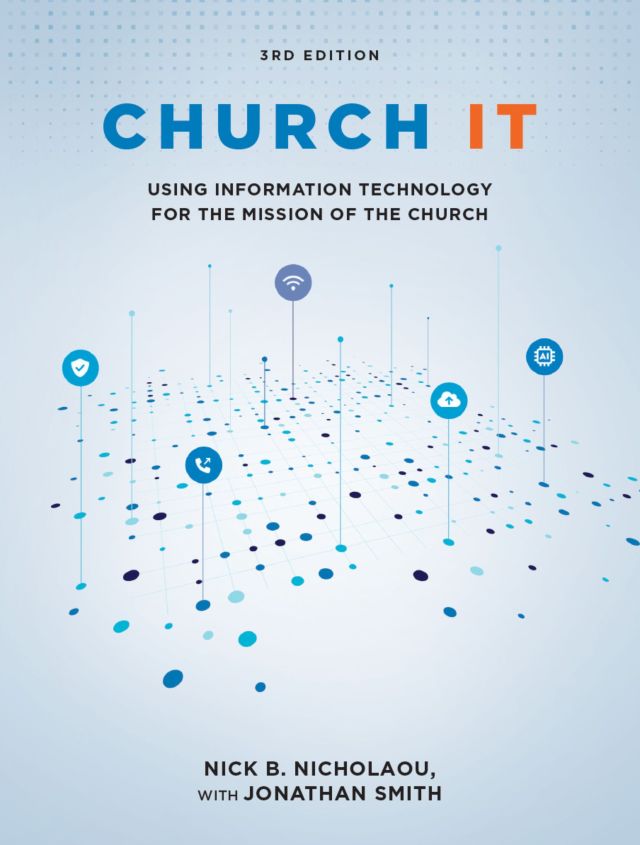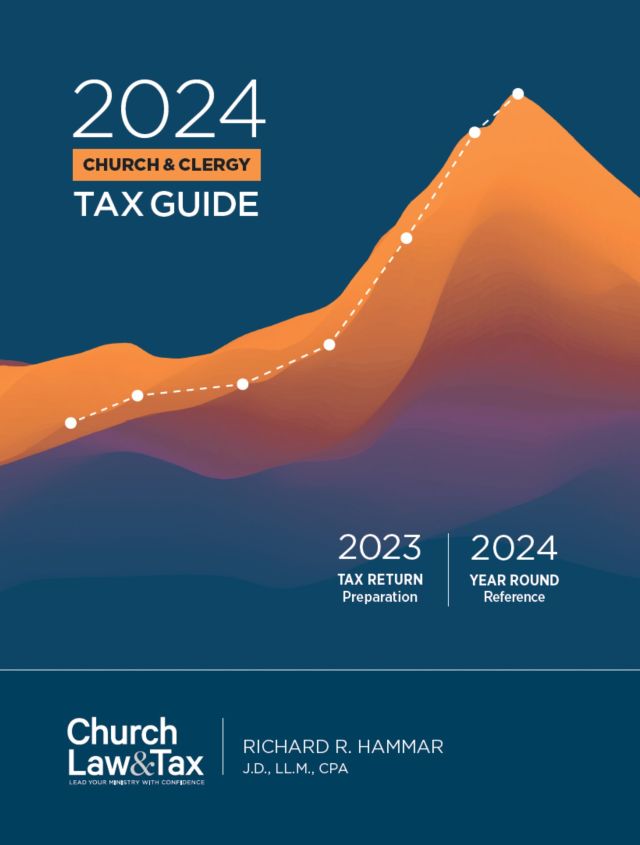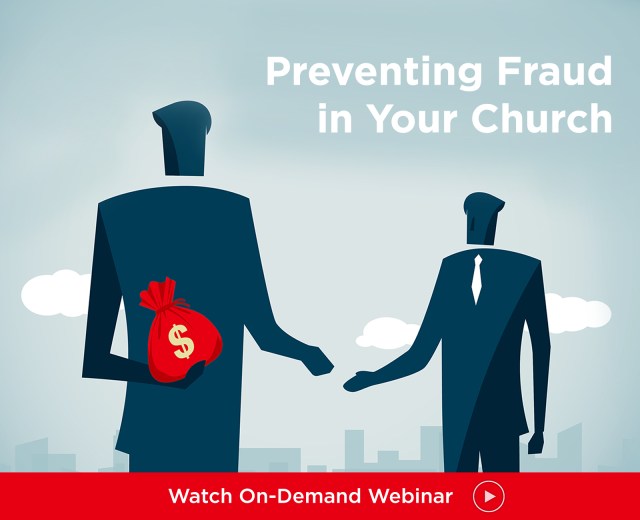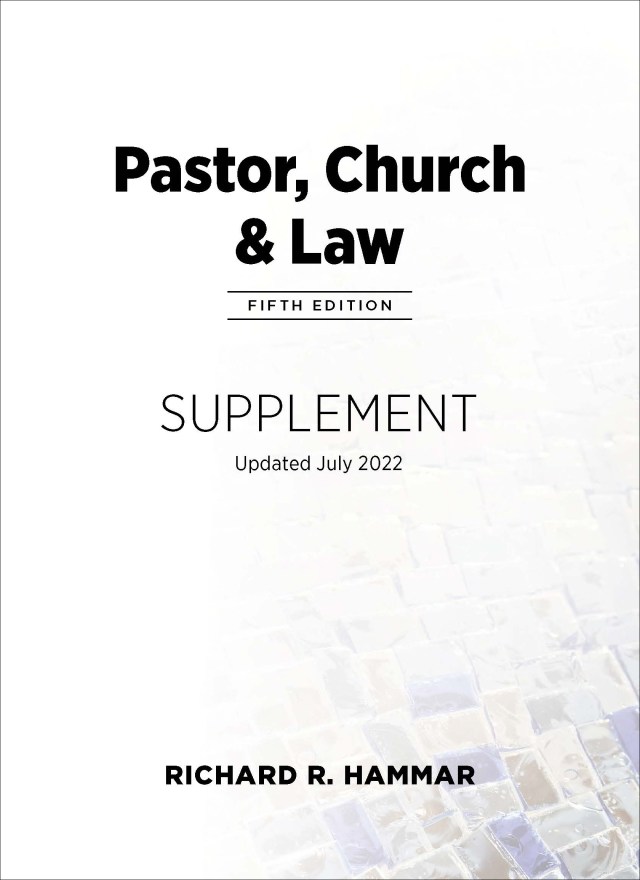Summary
One Big Beautiful Bill Act (“OBBBA”) introduces several provisions affecting church financial operations, charitable giving, and community outreach.
Key provisions include:
- Permanent expansion of the above-the-line charitable deduction for non-itemizers;
- the creation of “Trump Accounts” for children with potential church involvement; and,
- policy shifts that may increase demand on church-based food and health ministries.
Here, we’ll highlight and analyze seven relevant sections for churches and church leaders.
Above-the-Line Charitable Deduction for Non-Itemizers
This provision applies to taxable years beginning after Dec. 31, 2025, and permanently reinstates and expands the above-the-line deduction for donors who claim the standard deduction.
Individuals who claim the standard deduction also may deduct up to $1,000, and joint filers may deduct up to $2,000.
What this means for churches:
- To help individual donors deduct contributions of $250 or more, churches should issue contemporaneous written acknowledgments. These acknowledgements should include the church’s name, the date, the amount, and a statement indicating no goods or services, other than intangible religious benefits, were provided in exchange.
- Year-end giving statements and stewardship messaging should be updated to reflect this benefit.
- Expect an increase in receipt requests, especially in late January and early April, even for modest donations.
- Only cash contributions to organizations described in section 170(b)(1)(A) (which includes churches) qualify. Contributions to donor-advised funds or supporting organizations do not qualify for this above-the-line deduction.
Establishment of “Trump Accounts” for Children
This section creates a new tax-favored savings vehicle for minors.
Accounts may receive up to $5,000 annually from families, employers, or charitable contributors.
A federal pilot program will fund $1,000 for each newborn from 2025 through 2028.
What this means for churches:
- These accounts are likely modeled on 529 and Coverdell Education Savings Accounts, with post-tax contributions and tax-free earnings if used for qualified purposes.
- Churches may consider offering financial literacy education to families on account setup and use.
- Any contributions made by churches to pastors or employees must avoid private benefit or inurement, as defined by section 501(c)(3) of the Internal Revenue Code (IRC). Consistent, neutral criteria must guide participation.
Important: Consult a lawyer before facilitating or funding these accounts.
0.5 Percent Floor for Itemized Charitable Deductions
This provision creates a floor for deductibility.
Itemizing taxpayers can only deduct charitable contributions that exceed 0.5 percent of their adjusted gross income.
What this means for churches:
- For a donor with $100,000 in adjusted gross income, only contributions above $500 are deductible in the current year. Amounts below this floor may be carried forward under section 170(d).
- To maximize deductions, some may “bunch” several years of giving into one year to exceed the threshold, then take the standard deduction in other years. Donor-advised funds can support this strategy by allowing a lump-sum gift in one year while spreading distributions to churches over time.
- Churches should explain this change in donor education efforts and ensure annual giving statements clearly summarize totals.
- Some donors may reduce small recurring gifts that no longer offer tax benefits.
Support for Nonprofit Development in Native Villages
This section provides federal support for nonprofit activities in remote Native villages. Support may include grants and technical assistance.
What this means for churches:
- Churches serving Native communities should assess their eligibility based on location, mission alignment, and partnerships with tribal authorities.
- All federal funding must follow Uniform Guidance (2 CFR Part 200), including cost principles, documentation standards, and nondiscrimination rules.
- Activities must remain within the church’s exempt purpose. Take care to avoid unrelated business income or private benefit.
- Engagement strategies should reflect cultural sensitivity and affirm tribal sovereignty.
Medicaid Eligibility Redeterminations
Effective Dec. 31, 2026, this provision will require Medicaid recipients to reverify their eligibility every six months, rather than annually, potentially resulting in temporary or permanent loss of coverage for individuals.
What this means for churches:
- Churches offering benevolence assistance or health clinics may see increased demand.
- Ministries providing direct services must ensure HIPAA compliance, privacy protections, and adherence to state-level licensing or reporting obligations.
- New referral pathways or partnerships with healthcare providers may be necessary to serve uninsured individuals.
- Volunteer capacity and intake processes should be reevaluated for scalability and compliance.
Rural Health Transformation Program
This section authorizes federal funding to states to improve healthcare access in rural areas, likely through grants, technical assistance, and local partnerships. States may apply until the end of 2025, with the program scheduled to roll out starting in 2026.
What this means for churches:
- Churches in rural communities may be eligible to apply for funding to support clinics, health education, mental health services, or preventive care.
- Successful participation will require administrative capacity to manage grants, financial reporting, and ensure regulatory compliance.
- Churches should begin identifying local health providers or nonprofits for joint applications or service coordination.
- This funding may also allow rural ministries to expand their reach and impact.
SNAP Work Requirements Expanded
This section tightens work requirements for able-bodied adults without dependents (ABAWDs) who receive Supplemental Nutrition Assistance Program (SNAP) benefits, increasing the age requirement for such individuals from 54 to 64. The provision also lowers the age of a “dependent child” from 18 to 14.
The changes mean fewer individuals likely will qualify for food assistance.
What this means for churches:
- Expect increased reliance on church- and faith-based food pantries, grocery programs, and community meals.
- Churches receiving public food support must maintain eligibility documentation and comply with state and federal reporting requirements.
- For churches that operate pantries, programs, and meals, their intake training should address respecting the dignity and privacy of individuals seeking help, as well as how to explain the complex new eligibility criteria to those individuals.
- Budget planning should reflect increased grocery purchases and staffing or volunteer needs.
Want more? Our In-Depth Summary of OBBBA is Available With An Advantage Membership!
Exciting days ahead for Church Law & Tax members:
OBBBA also brings notable changes to IRS Form 1099 reporting requirements, easing the compliance burden for many churches.
Previously, churches were required to file these forms for payments of $600 or more to non-corporate service providers in a calendar year.
Under the new law, this threshold rises to $2,000, indexed for inflation.
This means fewer small payments will trigger the need for information reporting, streamlining administrative processes for many organizations.
Note: OBBBA does not alter the core rules regarding who must file, what types of payments are reportable, or the deadlines for filing and furnishing Forms 1099.
Penalties for noncompliance remain the same.
Churches should update their procedures to reflect these new thresholds and ensure continued compliance. It will be effective for payments made after December 31, 2025.
The relevant statutory references in the Act are Section 70433 (for the general $2,000 threshold).

